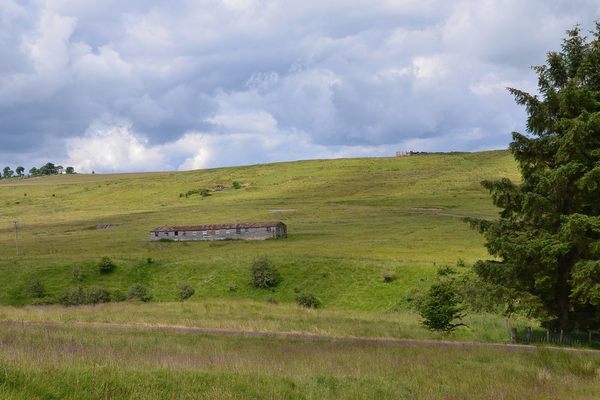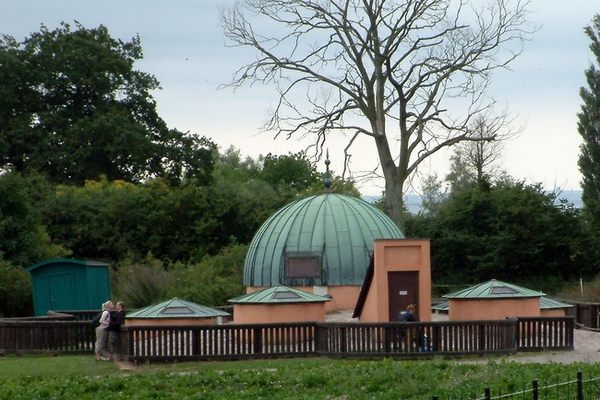Kielder Observatory
England's "pier at the end of the universe" unites astronomy and contemporary architecture.
Sleek timber surfaces and clean right angles are hardly the qualities that come to mind when thinking of astronomical observatories, which are usually typified by industrial materials and domes. But the Kielder Observatory in Northumberland, England, breaks the mold with its modern aesthetic and site-specific design.
Completed in 2008 by London-based firm Charles Barclay Architects, the pier-like observatory was built with its environment in mind. An emphasis on materials and the surrounding forest is evident in the building’s exterior, which is completed in Douglas-fir beams. And eco-friendly features such as the use of wind and solar energy are consistent with the building’s setting in Europe’s largest man-made woodland.
The observatory’s main purpose is public outreach and with one of the darkest skies in England, its visitors are regularly treated to such fascinating celestial sights as meteor showers and the rings of Saturn. Operated on a volunteer basis by the Kielder Observatory Astronomical Society, the observatory boasts 14” and 20” telescopes for nighttime viewing and a 60 mm solar telescope for observing sunspots and other solar phenomena.
Daytime visitors can also take advantage of the park’s other artistic features, including Chris Drury’s “Wave Chamber” (a camera obscura within a stone cairn) and James Turrell’s nearby “Skyspace” installation.

















Follow us on Twitter to get the latest on the world's hidden wonders.
Like us on Facebook to get the latest on the world's hidden wonders.
Follow us on Twitter Like us on Facebook